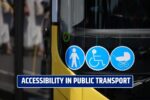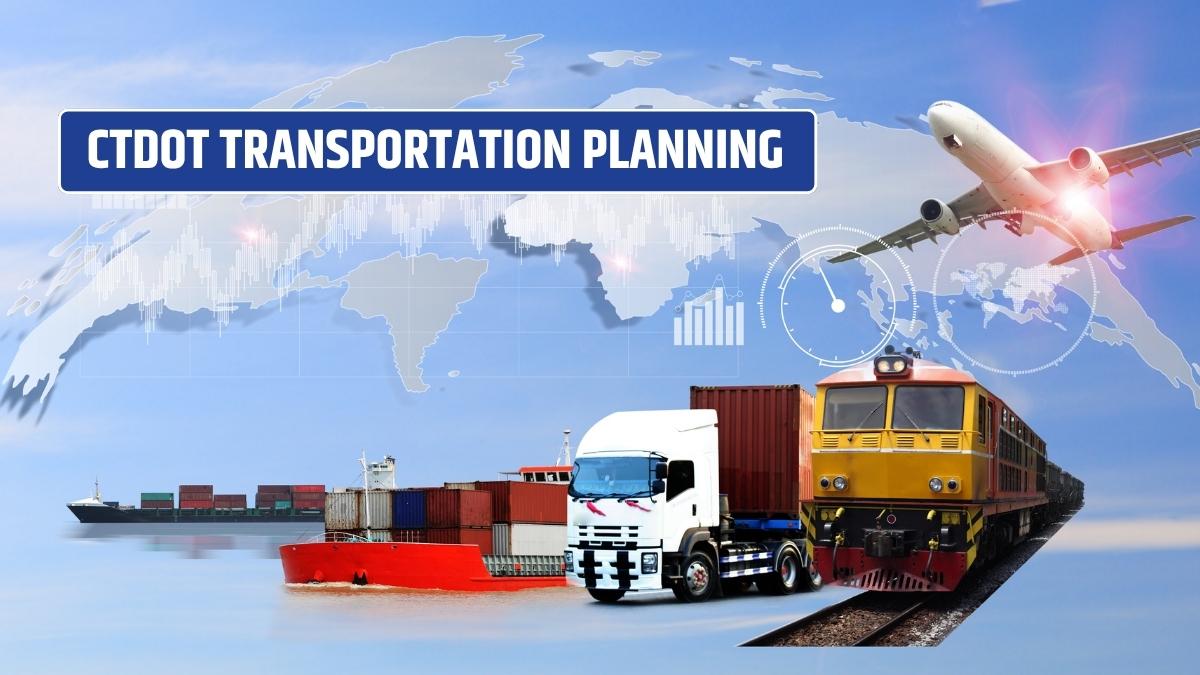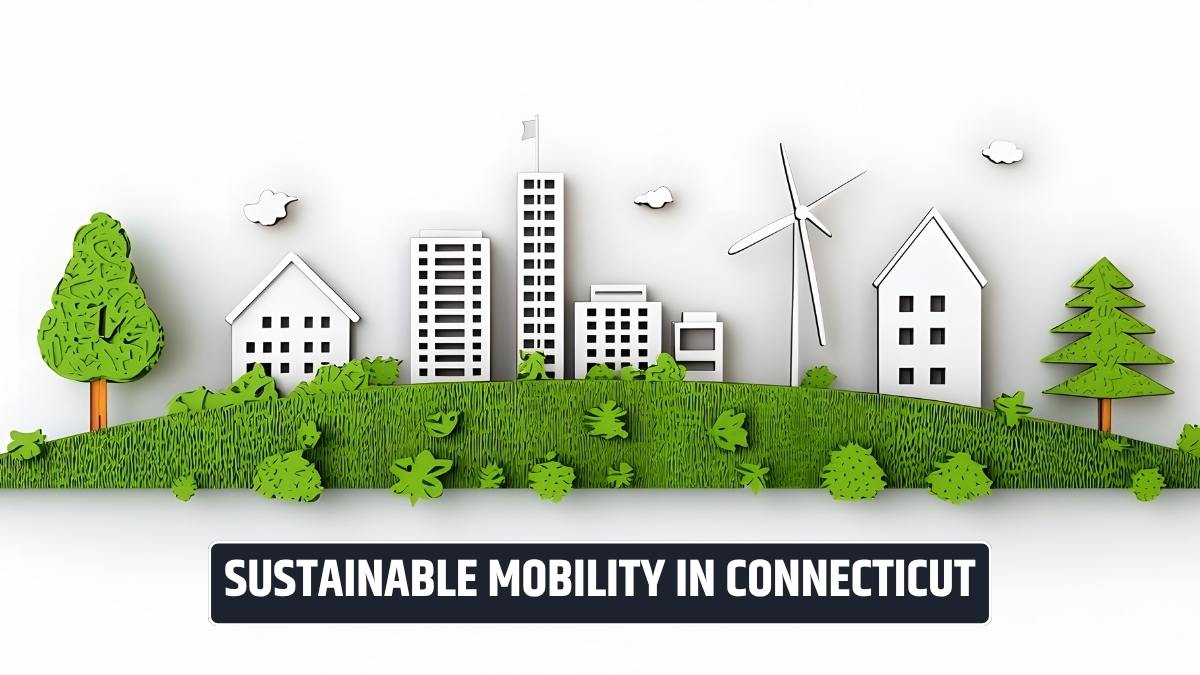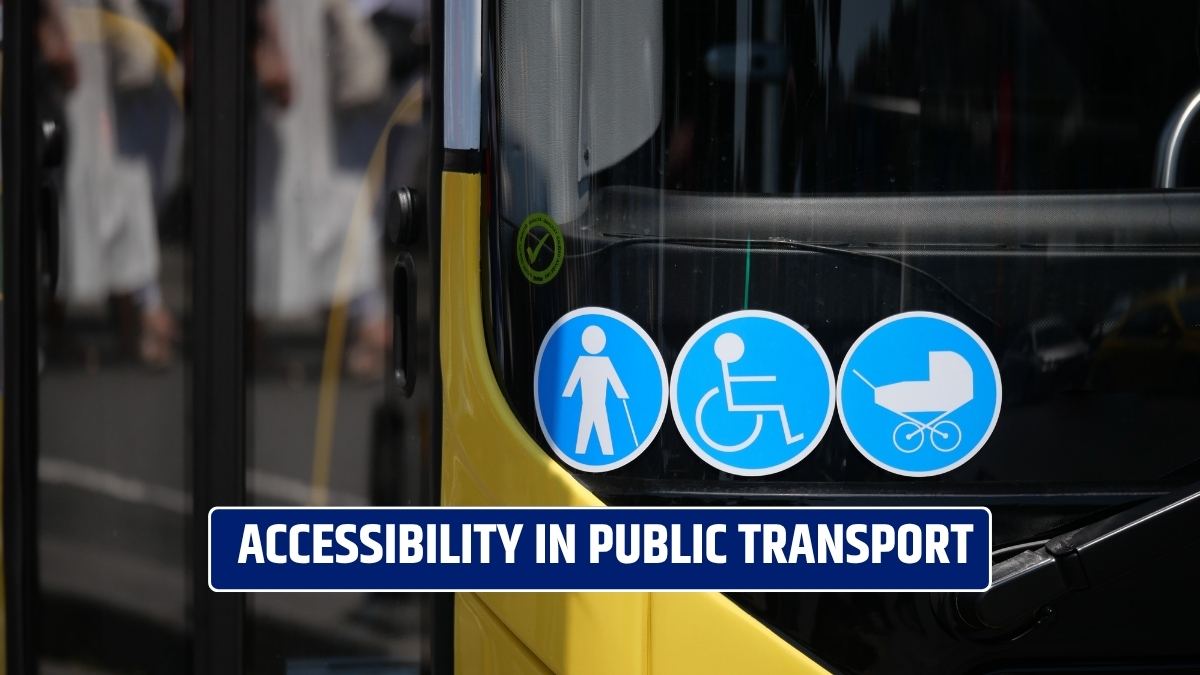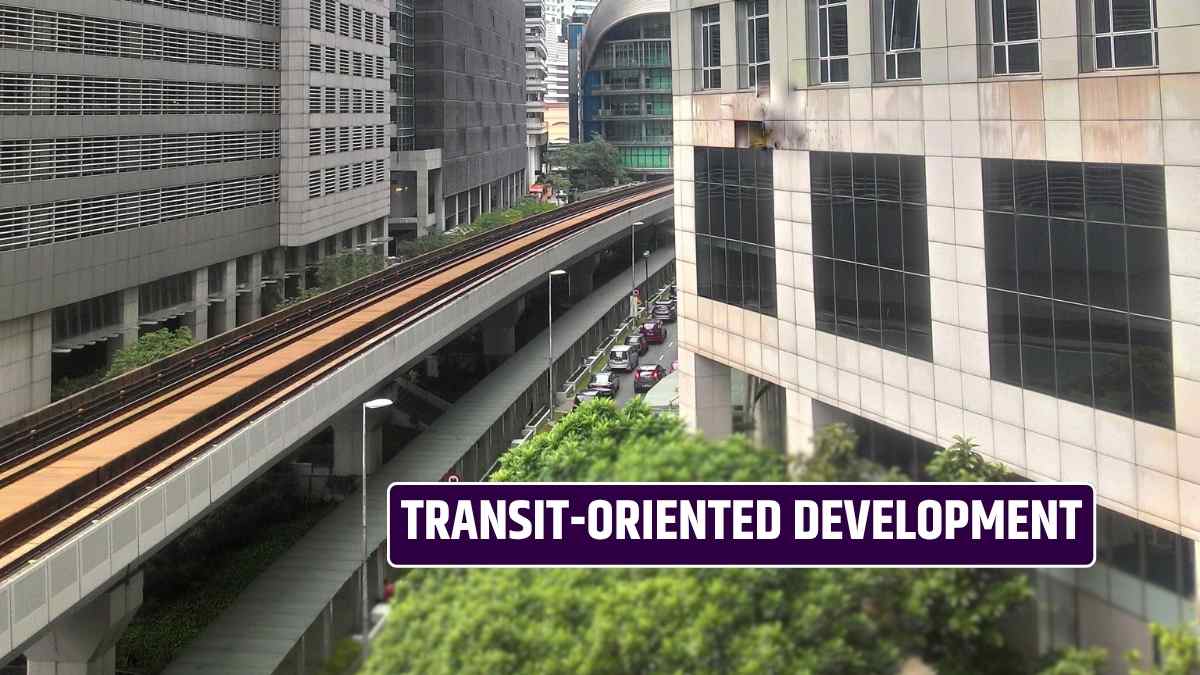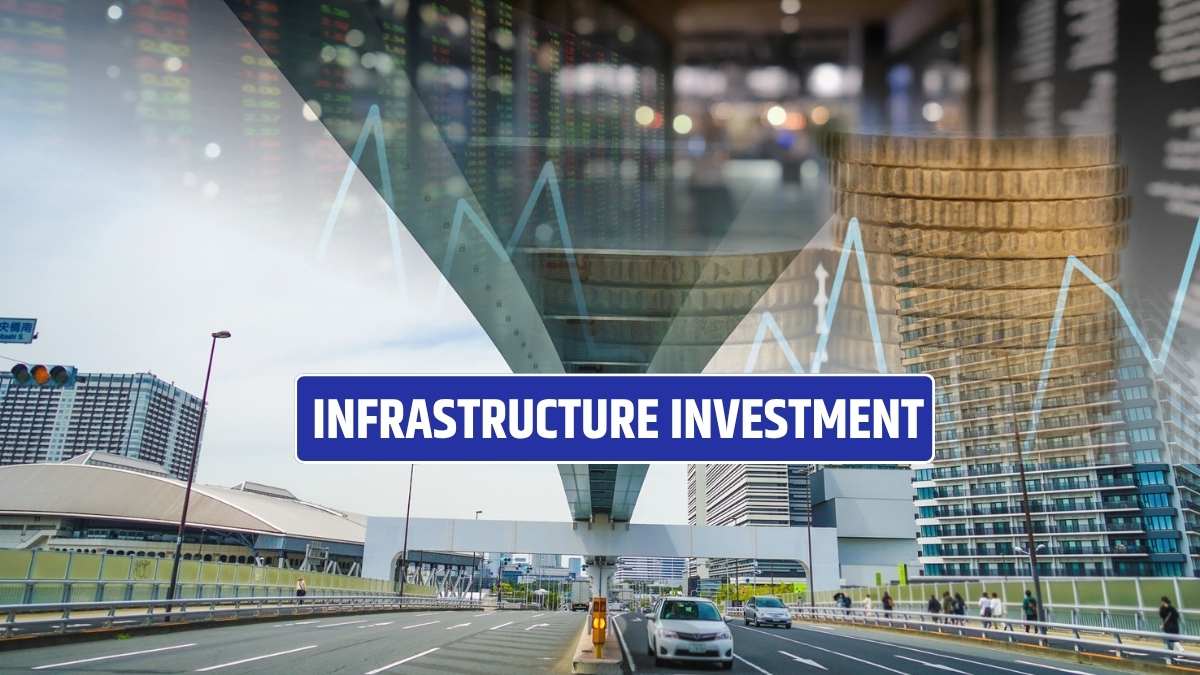Connecticut’s Governor announced the transportation budget in February 2025 to accelerate the development and improvement of rail lines, bridges, highways, and other. Let’s see what the governor has presented in the budget and the plan for transportation development.
Governor’s Transportation Budget
Governor Ned Lamont proposed the biennial budget of $55.2 million on 05 February 2025 for the development of transportation. The budget has the Special Transportation Fund of $2.3 billion for FY 2025-26 and $2.4 billion for FY 2026-27.
The governor said that it is the 7th or 8th balanced budget, investing in the future and real needs. The budget will boost the spending to 4% each year, and it includes spending of $1.2 billion on rail and $1.5 billion on roadways.
The CT DOT was criticized for not advancing the construction work, and now the department is on a run to improve the transportation infrastructure and has started many projects. However, the boost in transportation needs new revenue sources to sustain the growth.
What are the key takeaways from the Governor’s Transportation Budget?
The Governor’s transportation budget has many great highlights that will uplift the transportation development in the state, such as:
- STF fund:
- 10% of the transportation budget goes to the STF fund, which is behind the state mobility transformation.
- The STF funds support the operating cost of DOT, and Motor vehicles, cover the principal & interest on borrowings, and pay for the construction.
- The fund for FY 2025-26 and FY 2026-27 was introduced to have spending over two years and plan the development.
- Debt and STF surplus:
- The governor recommended the additional spending of $158 million over the next two years for the debt service on the loans.
- The STF reserve has an annual surplus of $241 million to $972 million in three years, as per the State Comptroller’s Annual reports.
- The report claims the $530 million+ from the reserve was used to clear the transportation debt.
- Transportation Bonds boost:
- The governor’s $158 million additional spending will allow the state to issue $1.3 billion transportation bonds in FY 2025-26 and $1.4 billion in FY 2026-27, which reflects the 40% hike from the current levels.
What about the fiscal risks and future deficits with the transportation budgets?
With Connecticut accelerating the investment in the transportation sector with the budget, many are wondering about the future risks and fiscal deficit; here you can check them:
- The transportation investment and construction would affect the STF surplus, and it would require more investment. The experts believe the spending and STF reserves are projected to face a $177 million deficit in FY 2027-28.
- With increased spending, lawmakers know they need to look for new revenue sources to meet the transportation needs.
- Governor Ned Lemont proposed the fare increase to meet the investment gaps and offset the long-term deficits. The CT DOT has already announced the fare increase of 5% from September 2025, whereas 5% was planned for July 2026. The fare increase will generate $29 million a year, though it would not be enough for the expected deficit.
What’s happening with the Connecticut Town Aid Road Program under this budget?
Recently, the Governor announced funding for the Connecticut Town Aid Road Grant Program, where the state gave $60 million to the program, and now the state will give $80 million under the transportation budget.
This investment for FY 2026-27 will support the state municipalities and plans to develop more reliable local roads in 169 towns and 4 boroughs. The grant will boost the 33% annual increase, supporting the state’s local authorities to continue the maintenance, repairs, and other transportation infrastructure developments.
The State municipalities would use these funds for traffic signal updates, snow plowing, and essential public transit services. According to the reports, the municipalities will decide how to use this fund and what they should prioritize. The Connecticut DOT is working to ensure all the schedules are kept and timely complete the ongoing projects.
With the Governor’s Transportation budget, authorities are working to improve public transit and the infrastructure related to it to boost connectivity and enhance services. The analysts’ concerns about the deficit, but the lawmakers are also looking for new revenue sources that may solve the problem and the expected investment gap.



